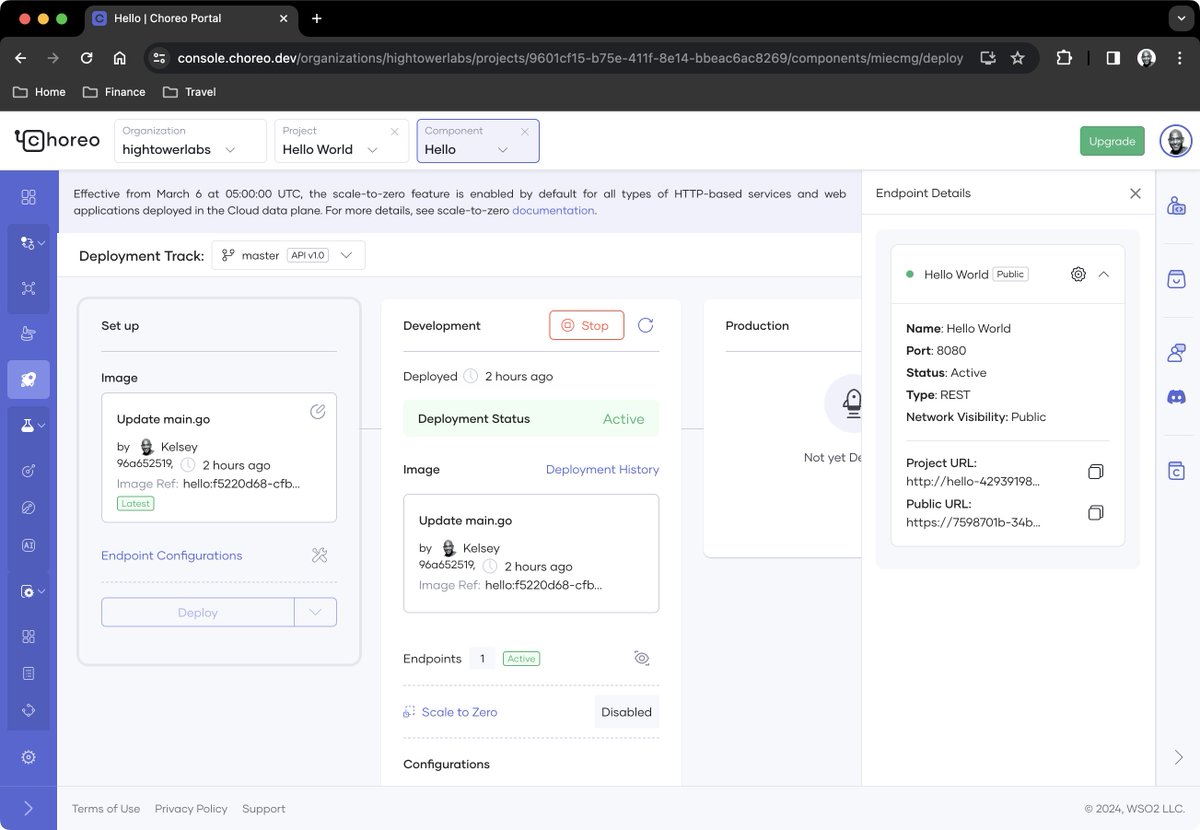Developers, what marketing strategies work on you?
The tech industry spends billions marketing to you and I'm curious if any of it is working.
The tech industry spends billions marketing to you and I'm curious if any of it is working.
• • •
Missing some Tweet in this thread? You can try to
force a refresh








